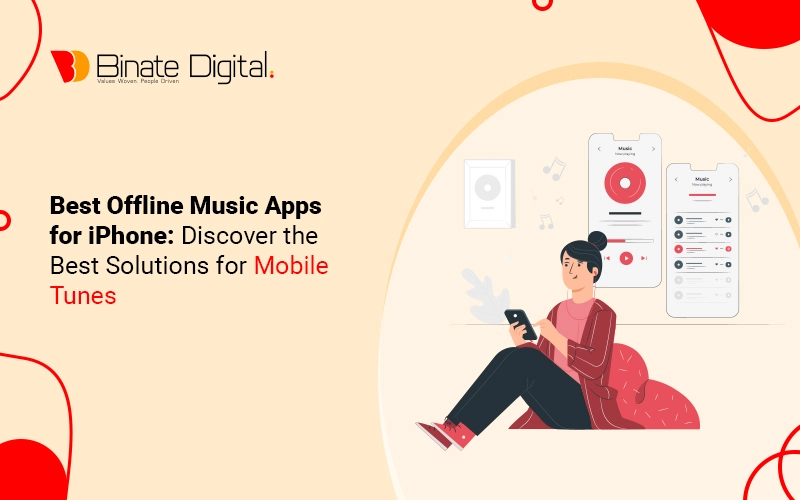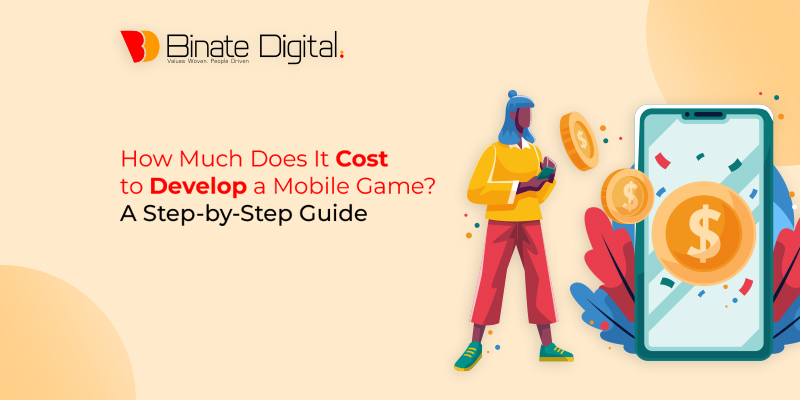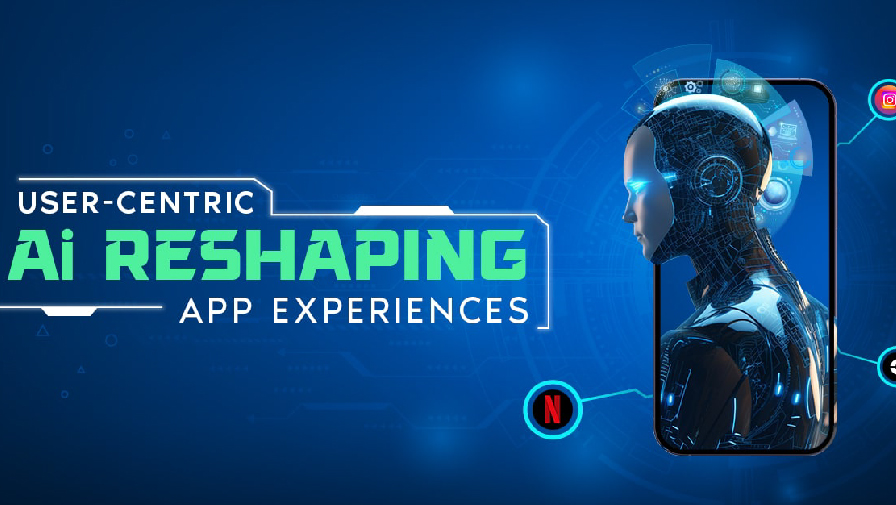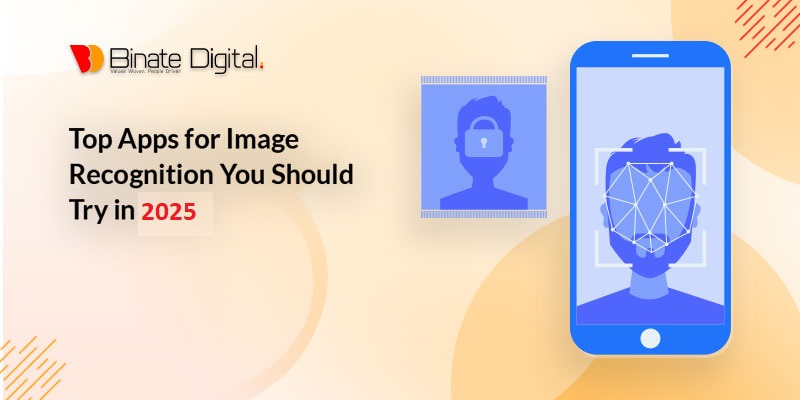7 Signs You’re Overpaying for Game Development Services
The game development services industry is booming, but with that growth comes a flood of overpriced services that don’t always match their price tags. Whether you’re an indie developer, a startup, or an established company, ensuring you’re getting your money’s worth is crucial. If you’re searching for affordable game development services, here are seven warning signs that you might be overpaying. 1. Lack of Transparent Pricing Imagine walking into a store where none of the products have price tags. You ask the salesperson for the cost, and they give you a vague answer, only for the final bill to be way higher than expected. We have all been there. That’s exactly how shady game development pricing works. If a studio isn’t upfront about their costs or constantly adds unexpected fees, that’s a major red flag. Reliable developers provide clear, detailed breakdowns so you know exactly what you’re paying for. Hidden charges or ambiguous pricing structures often lead to inflated costs without added value. How to Spot This Issue If the pricing model is vague or keeps changing. When companies refuse to provide a clear cost breakdown. If unexpected “service fees” pop up without prior notice. What You Can Do Request a fully itemized invoice before signing any agreement. Avoid studios that insist on vague pricing or “custom quotes” without clear reasoning. Get everything documented to avoid hidden charges later. 2. Inflated Hourly Rates Without Justification Paying for high-quality development is necessary, but some agencies charge premium rates without the expertise to back it up. It’s like paying five-star restaurant prices for a fast-food burger. Before committing to a studio, compare rates across multiple providers and ensure you’re getting experienced developers—not just a bloated agency fee. A strong portfolio and verified client testimonials should justify their pricing. Key Warning Signs The team consists of junior developers but charges senior-level rates. There’s a lack of clear expertise or a weak portfolio. They can’t justify why they charge significantly more than competitors. Solution Ask about the experience levels of developers assigned to your project. Compare rates and ensure that you’re not paying for unnecessary agency fees. 3. Overcomplicated Development Process Ever worked with a company that made something simple feel like rocket science? Some developers unnecessarily drag out projects with excessive steps, longer timelines, and inflated costs. If a studio proposes a convoluted development roadmap without clear justifications, they may be stretching the project just to charge more. A well-organized team should provide a structured, efficient development plan with clear milestones and realistic timelines. How This Happens Unnecessary design phases that extend the timeline. Overly complex approval processes that slow down progress. Unclear communication leading to misalignment and additional costs. Fixing the Issue Establish a clear development roadmap with milestones. Opt for studios that use Agile or iterative approaches for efficiency. 4. Basic Features at Premium Prices Picture this: You order a car with standard features like air conditioning and power windows, but the dealership charges you extra for them. That’s what some Game Development Services studios do. They often charge premium rates for basic functionalities like UI elements, basic AI, and standard physics. A trustworthy studio prices its services fairly based on the complexity of the game, not by overpricing fundamental features. Be sure to scrutinize itemized cost breakdowns and question any inflated charges for essential components. Common Overpriced Features Simple character animations. Basic enemy AI. User authentication systems. What to Do Compare price quotes from different developers. Ask about industry-standard pricing for basic features. Work with developers who bundle essential features without inflating the cost. 5. Excessive Team Overhead Bigger doesn’t always mean better, especially in Game Development Services. Some companies inflate their teams with unnecessary roles, making you pay for resources you don’t actually need. Imagine hiring an entire orchestra just to play a simple tune. You wouldn’t, right? The same logic applies here. Make sure that every team member involved directly contributes to your project’s success and that you aren’t footing the bill for extra, non-essential personnel. Red Flags Paying for extra project managers or consultants who add little value. Seeing an excessive number of developers on a small-scale game. High administrative costs that don’t translate to better service. Solution Ensure you only pay for essential team members. Look for studios that offer lean, efficient development teams. 6. No Focus on Optimization Game performance isn’t just an afterthought. It’s a crucial aspect of development. If your game is laggy, has excessive memory usage, or runs poorly despite a hefty investment, you might not be getting what you paid for. Think of it like buying a sports car that can’t go over 30 mph. A reputable development team optimizes performance throughout the process rather than treating it as a costly post-production fix. Ensure your studio follows best practices for efficient coding, asset management, and testing. Optimization Mistakes to Watch For Poor frame rates due to inefficient coding. Large, unoptimized assets slowing down performance. Lack of quality assurance (QA) testing. How to Address This Ask about optimization strategies before development begins. Ensure that your game is tested thoroughly on different devices. Demand regular performance reports. 7. Limited Post-Launch Support A game’s launch is just the beginning. Bugs, updates, and performance patches are inevitable, and a solid development partner should offer reasonable post-launch support. If a company charges excessively for bug fixes or forces you into expensive maintenance contracts, you’re likely being overcharged. It’s like buying a TV only to find out you need to pay extra just to get the remote. Reliable studios offer clear post-launch support plans that ensure your game remains polished and functional. Questions to Ask Before Signing a Contract What level of post-launch support is included in the price? How much do additional fixes or patches cost? Is emergency bug fixing covered? How to Avoid Overpaying for Game Development Services To ensure you get affordable mobile game development services compromising quality, follow these steps: Compare multiple providers – Don’t settle for the first quote you receive;
7 Signs You’re Overpaying for Game Development Services Read More »










